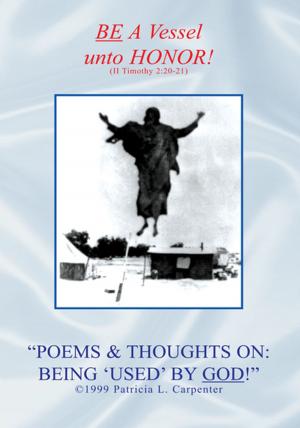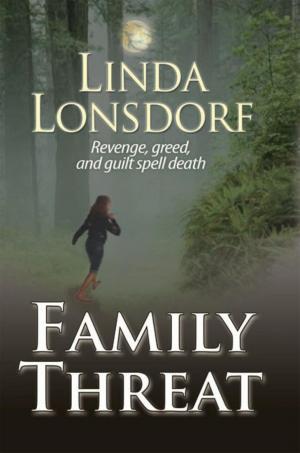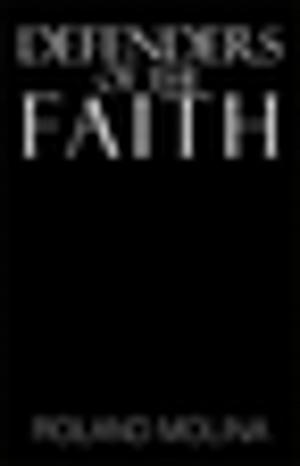| Author: | Michael Trimble | ISBN: | 9781477172674 |
| Publisher: | Xlibris US | Publication: | August 29, 2000 |
| Imprint: | Xlibris US | Language: | English |
| Author: | Michael Trimble |
| ISBN: | 9781477172674 |
| Publisher: | Xlibris US |
| Publication: | August 29, 2000 |
| Imprint: | Xlibris US |
| Language: | English |
What does it take to be considered 'real'? A physical presence that can be discerned by touch, taste, sound, sight or smell? Are socially important concepts such as justice or morality 'unreal' because they lack the physical traits that would enable us to touch, taste, hear, see or smell them? Are the distinctions many or us draw between non-fiction and fiction reflective of the manner in which we could confidently sort the 'real' from the 'unreal'? Is the apparent capacity of literature, philosophy and theology to influence our behavior as human beings a recurring instance of the allegedly 'unreal' guiding the 'real'?
If I am prepared to acknowledge that ideas possess an apparent capacity to influence my own behavior, the viability of seperating the 'real' from the 'unreal' based upon physically extended properties is brought into question. If I dismiss this traditional method for assaying the presence of reality, what am I left with? A reality shared by rocks and emotions, objects of aesthetic expression that range from Michelangelo's "David" to Conan Doyle's "Sherlock Holmes, all of which I knowingly encounter and to each of which I respond in one way or another. Does this behavioral acknowledgment on my part play a role in making each of these entities real? Does my behavior have a role to play in the creation of reality?
"How and Why; a layman's look at causation and reality", is a description of how reality is populated and why that population comes about. It is based upon a causal foundation that is characterized by uncertainty. It offers an explanatory paradigm in which novelty and creativity have indispensable roles to play, a paradigm of causal association that can be used to explain but not determine the behavior with which it is affiliated. To be considered 'real', one must possess and exercise the capacity 'to cause', which enables one to substantiate both the 'how' and the 'why' of one's existence as an expression of that singular capacity,
What does it take to be considered 'real'? A physical presence that can be discerned by touch, taste, sound, sight or smell? Are socially important concepts such as justice or morality 'unreal' because they lack the physical traits that would enable us to touch, taste, hear, see or smell them? Are the distinctions many or us draw between non-fiction and fiction reflective of the manner in which we could confidently sort the 'real' from the 'unreal'? Is the apparent capacity of literature, philosophy and theology to influence our behavior as human beings a recurring instance of the allegedly 'unreal' guiding the 'real'?
If I am prepared to acknowledge that ideas possess an apparent capacity to influence my own behavior, the viability of seperating the 'real' from the 'unreal' based upon physically extended properties is brought into question. If I dismiss this traditional method for assaying the presence of reality, what am I left with? A reality shared by rocks and emotions, objects of aesthetic expression that range from Michelangelo's "David" to Conan Doyle's "Sherlock Holmes, all of which I knowingly encounter and to each of which I respond in one way or another. Does this behavioral acknowledgment on my part play a role in making each of these entities real? Does my behavior have a role to play in the creation of reality?
"How and Why; a layman's look at causation and reality", is a description of how reality is populated and why that population comes about. It is based upon a causal foundation that is characterized by uncertainty. It offers an explanatory paradigm in which novelty and creativity have indispensable roles to play, a paradigm of causal association that can be used to explain but not determine the behavior with which it is affiliated. To be considered 'real', one must possess and exercise the capacity 'to cause', which enables one to substantiate both the 'how' and the 'why' of one's existence as an expression of that singular capacity,















